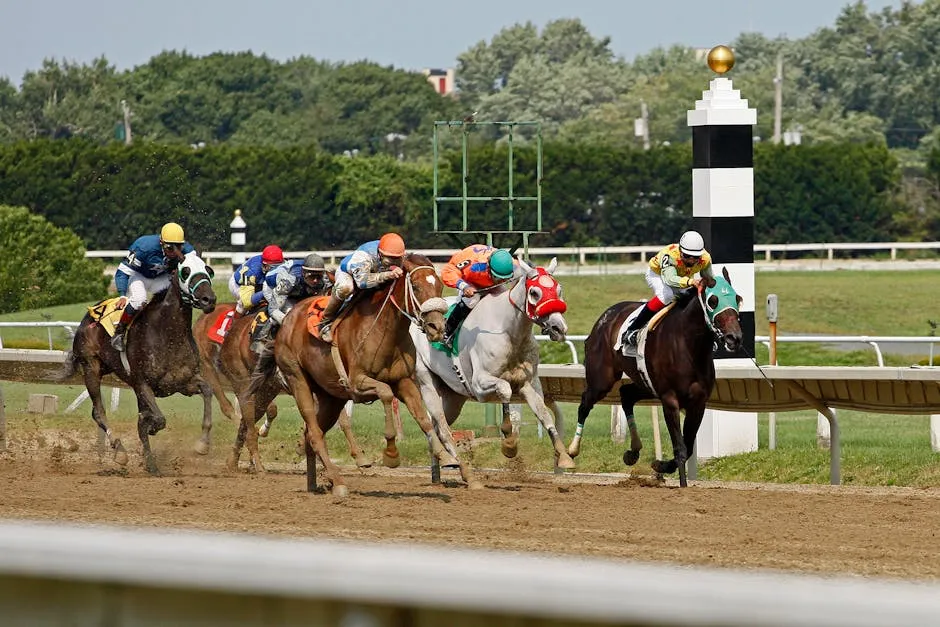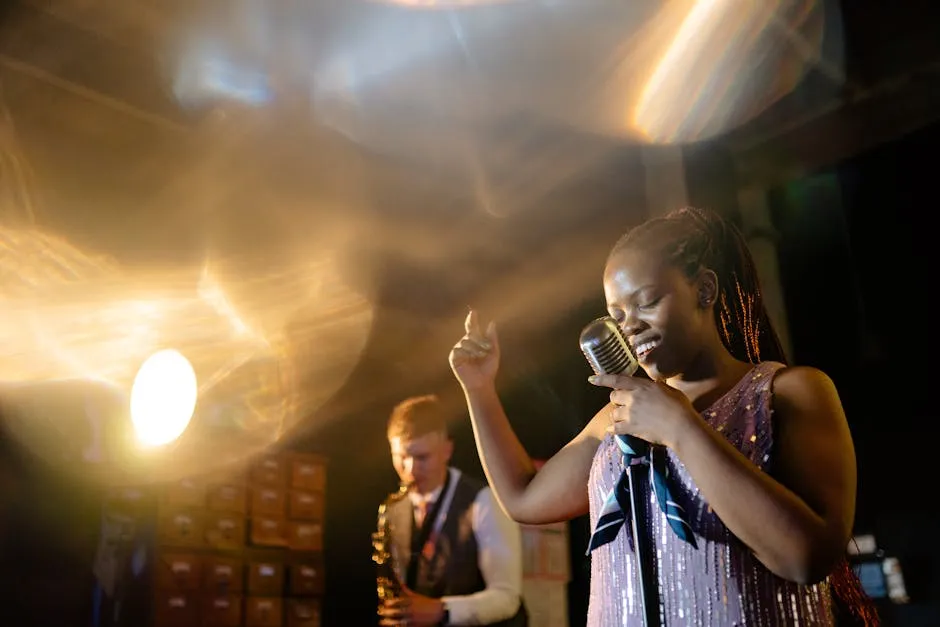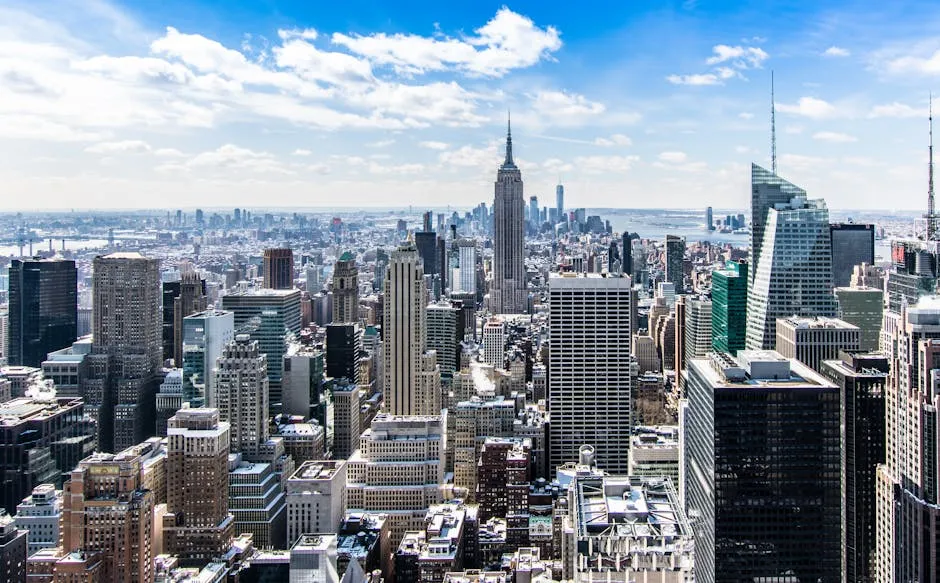
Why is New York Called the Big Apple? Unraveling the Origins of the Nickname
Introduction
Have you ever wondered why New York City is called “The Big Apple”? This catchy nickname sparks curiosity and holds historical weight. Understanding its origins reveals much about the city’s cultural significance and evolution. Let’s dive into its fascinating story and see how this moniker became a symbol of NYC.
Summary and Overview
The nickname “The Big Apple” has evolved over time. It began as a term in horse racing during the 1920s, symbolizing the allure of winning big in New York’s prestigious racetracks. Cultural shifts, including jazz music’s rise, further popularized the term, linking it to the vibrant nightlife of Harlem. In the 1970s, the nickname experienced a revival thanks to a promotional campaign aimed at boosting tourism during a challenging economic period. This campaign successfully reintroduced the nickname, making it synonymous with New York City today.
The Origins of the Big Apple
Early Mentions of “Big Apple”
The first known use of “Big Apple” appeared in Edward S. Martin’s book The Wayfarer in New York published in 1909. Martin described New York as a city that seemed to draw an unfair share of the nation’s wealth. He wrote, “the big apple gets a disproportionate share of the national sap.” This metaphor highlighted New York’s prominence in the United States during the early 1900s. At that time, the city was bustling with growth, boasting a population of over 4 million. Such metaphors were common in literature, often reflecting societal attitudes and aspirations. Martin’s reference set the stage for the nickname’s future, linking New York to the idea of being the ultimate destination for opportunity and success.
John J. Fitz Gerald and the Horse Racing Connection
In the 1920s, journalist John J. Fitz Gerald played a crucial role in popularizing the nickname “The Big Apple.” Writing for the New York Morning Telegraph, Fitz Gerald often covered horse racing. He came across the term while in New Orleans, where African American stable hands referred to New York’s prestigious racetracks as “The Big Apple.” This phrase symbolized the ultimate prize in horse racing.
Fitz Gerald embraced the term, naming his column “Around the Big Apple.” His articles connected the nickname with the excitement of racing in New York. In one column, he described it as “the dream of every lad that ever threw a leg over a thoroughbred.” This phrase captured the essence of ambition tied to New York’s racing scene.
Horse racing was a significant part of New York culture during this period, with events like the Belmont Stakes and the Kentucky Derby drawing crowds. These races offered substantial prizes, further solidifying the connection between the term and the city’s allure. Fitz Gerald’s writings helped cement “The Big Apple” in the public consciousness, making it synonymous with New York’s vibrant racing culture.

The Decline and Resurgence of the Nickname
The Fade in Popularity
The nickname “The Big Apple” began to fade in the 1950s. During this time, New York City faced significant economic and cultural shifts. Rising crime rates and urban decay tarnished its once vibrant image. In fact, by the late 1950s, tourism had dropped dramatically. The city was struggling, and many began to associate it with danger rather than excitement.
Other nicknames, like “The City That Never Sleeps,” started to gain traction. This shift reflected a changing perception of the city. People were losing interest in “The Big Apple,” viewing it as outdated. It was a challenging decade for New York, with crime rates peaking in 1961 at over 200 homicides per 100,000 residents. The societal changes of this era contributed to the nickname’s decline, overshadowing its previous charm.
The 1970s Tourism Campaign
In the early 1970s, the New York Convention and Visitors Bureau launched a campaign to revive “The Big Apple.” Charles Gillett, the bureau’s president, played a key role in this effort. The campaign aimed to restore New York’s image during a time of crisis.
Promotional materials featured vibrant apples, inviting tourists to “take a bite out of the Big Apple.” This catchy slogan resonated widely, enhancing the city’s appeal. Celebrity endorsements further boosted the campaign’s visibility. The result? A remarkable increase in tourism. In 1971, visitors to New York numbered around 15 million, but by 1977, that figure had jumped to over 25 million. This campaign reestablished “The Big Apple” as a beloved symbol of New York City, forever changing its legacy.
And speaking of taking a bite, why not indulge in some culinary fun with an Apple Slicer? It’s the perfect tool for effortlessly slicing your favorite fruit while you reminisce about the Big Apple!

The Cultural Impact of the Big Apple
The Big Apple in Popular Culture
The nickname “The Big Apple” has permeated various forms of popular culture. Its roots stretch deep into music, film, and literature, showcasing New York City’s vibrant essence. Jazz musicians in the 1930s embraced this term, symbolizing their ambition. They often referred to New York as the epicenter of jazz, where dreams could flourish.
One notable example is the song “Big Apple,” featuring a lively rhythm that celebrates the city’s allure. Additionally, Frank Sinatra’s iconic performances often referenced the nickname, further embedding it in our cultural consciousness. In literature, the phrase appears in works that capture the city’s dynamic spirit. For instance, Michael Jackson’s song Human Nature includes a line about taking a bite out of the apple, reflecting its significance.
Statistics reveal that during the 1930s, jazz clubs thrived in Harlem, reinforcing the nickname’s connection to music. This rich cultural tapestry continues to inspire artists today, showing that “The Big Apple” remains a beloved symbol of creativity and opportunity. Why do some people have perfect pitch in music is an interesting topic that highlights the relationship between music and culture.
The connection between music and New York’s cultural identity is profound, as seen in its jazz scene. Why do some people have perfect pitch in music is a fascinating exploration of musical talent.

The Big Apple Today
Today, “The Big Apple” is synonymous with New York City. This nickname plays a significant role in tourism and city branding. Modern marketing campaigns utilize the phrase to attract visitors, emphasizing the city’s vibrant offerings.
Recent statistics show that over 62 million tourists visited New York City in 2019. Campaigns featuring the iconic apple logo invite travelers to experience the energy and excitement of the city. This branding strategy ties the nickname to key attractions, restaurants, and events.
Moreover, the phrase evokes feelings of nostalgia and adventure. Visitors often associate “The Big Apple” with unforgettable experiences, from Broadway shows to iconic landmarks like Times Square. This enduring nickname encapsulates the spirit of New York, making it an essential part of the city’s identity and appeal.
And if you’re looking for a fun way to celebrate your love for NYC, check out this New York City themed coffee mug. It’s a great way to sip your morning brew while dreaming of your next adventure in the Big Apple!

Conclusion
The nickname “The Big Apple” has a rich history. It started as an obscure term, linked to horse racing and jazz culture. Over the years, it transformed into a cultural icon recognized worldwide. This nickname captures New York City’s essence, embodying its vibrancy, ambition, and allure. It represents a place where dreams come true and opportunities abound. So, whether you’re planning a trip or reminiscing about past visits, embrace the spirit of the Big Apple. Dive into the city’s offerings, from its iconic landmarks to its hidden gems. New York awaits your exploration!
FAQs
What does “The Big Apple” mean?
“The Big Apple” refers to New York City. It signifies the idea of abundance and opportunity. The nickname suggests that NYC is the ultimate destination for success, much like picking the juiciest fruit from a tree. Its cultural significance reflects the city’s vibrant energy and diverse offerings, making it a symbol of ambition and dreams.
Who coined the term “The Big Apple”?
John J. Fitz Gerald, a sportswriter for the *New York Morning Telegraph*, popularized the term in the 1920s. He heard African American stable hands in New Orleans refer to New York’s racetracks as “The Big Apple,” representing the ultimate prize in horse racing. Fitz Gerald embraced the term in his column “Around the Big Apple,” helping it gain traction.
Why was the nickname revived in the 1970s?
The nickname experienced a revival in the 1970s due to economic decline and rising crime rates in New York City. The New York Convention and Visitors Bureau, led by Charles Gillett, launched a successful tourism campaign. This effort aimed to restore the city’s image, promoting the nickname and inviting visitors to “take a bite out of the Big Apple.”
Are there other nicknames for New York City?
Yes, New York City has several nicknames, including “The City That Never Sleeps” and “Gotham.” Each nickname reflects different aspects of the city’s character. “The City That Never Sleeps” highlights its vibrant nightlife, while “Gotham” often refers to its dynamic and diverse culture.
How has “The Big Apple” influenced NYC’s tourism?
“The Big Apple” has significantly impacted tourism and branding efforts for New York City. The nickname evokes feelings of excitement and adventure, attracting millions of visitors each year. It has become a recognizable symbol that encapsulates the city’s allure, leading to increased interest in its attractions and experiences.
Is “The Big Apple” used outside of New York?
Yes, “The Big Apple” has gained global recognition. The nickname appears in music, films, and literature, showcasing New York City’s influence on popular culture. Its usage extends beyond the city, often representing ambition, success, and adventure in various contexts around the world.
What role does the nickname play in NYC’s identity?
“The Big Apple” is integral to New York City’s identity. It encapsulates the city’s spirit of opportunity and excitement, symbolizing a place where dreams come true. The nickname connects to NYC’s rich cultural history and continues to inspire both residents and visitors alike.
Please let us know what you think about our content by leaving a comment down below!
Thank you for reading till here 🙂
Looking for a little something to take home with you from your NYC trip? Consider grabbing a New York City skyline wall art. It’s a stunning way to remember your adventures in the Big Apple!
All images from Pexels




